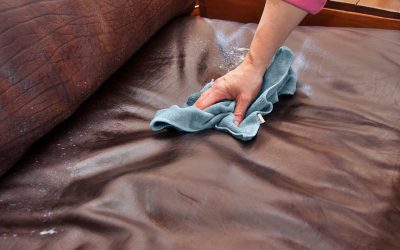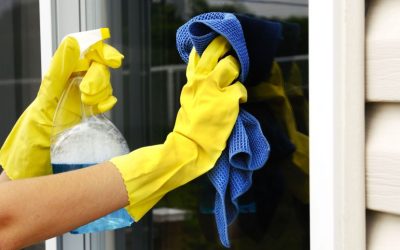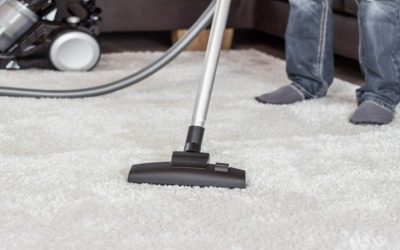Unless someone is talking about socks, wool is not the typical fabric used to upholster the furniture in many homes. Nevertheless, there are people who use wool, despite the itchiness, and regardless of how difficult it is to clean.
Wool upholstery requires a lot of care. When it’s time to clean an item covered in wool upholstery, there are very specific guidelines. If the guidelines are not followed, the fabric could be ruined. So, what should an owner of the fabric do? How should it be cleaned? Here is the answer in a few short steps.
1. Read the label on each piece of furniture that is covered in wool. If five pieces of furniture are covered in wool, read each label. They are all upholstered in wool, but depending on the specifics of the fabric, the cleaning instructions will be different.
2. Understanding the label is pretty easy, as long as you know what the different codes mean.
1. X- Dry clean only.
2. W-Water is the only safe liquid to use.
3. S-Solvents may be used, though the owner will need to be sure the solvent they have chosen to use is an acceptable cleaner. If there is only an S on the label, DO NOT USE WATER.
4. SW-This label code indicates that both water and solvents are safe to use on the upholstery.
3. Vacuum the entire piece of furniture to remove any particles of dirt, hair, or lint. Once the owner is finished vacuuming the furniture, he or she can begin working the correct liquid, either water or solvent, into the fabric. Remember to only use what was specified on the label. To apply the water or solvent, use a clean towel and gently massage the liquid into the stain until no longer visible. If the stain or spill is particularly bad, use more than one towel. Do NOT rinse the current towel out to reuse. Simply get a different one.
4. Dry clean only labeled furniture means just that: it must be dry cleaned. If water or solvent is used, the wool will most likely be damaged. The color will fade, and the fabric can distort or even shrink. Follow the label to avoid any possible damage to the upholstery.
5. Fabric protectors that are safe for wool are highly recommended. This will help keep the upholstery clean and reduce the possibility of damage.
Wool is not necessarily the most beloved of fabrics, but it can add a lot of beauty to a room if it is well taken care of. If the wool owner is sure to follow these steps and all label directions, the fabric will stay both bright and beautiful.


